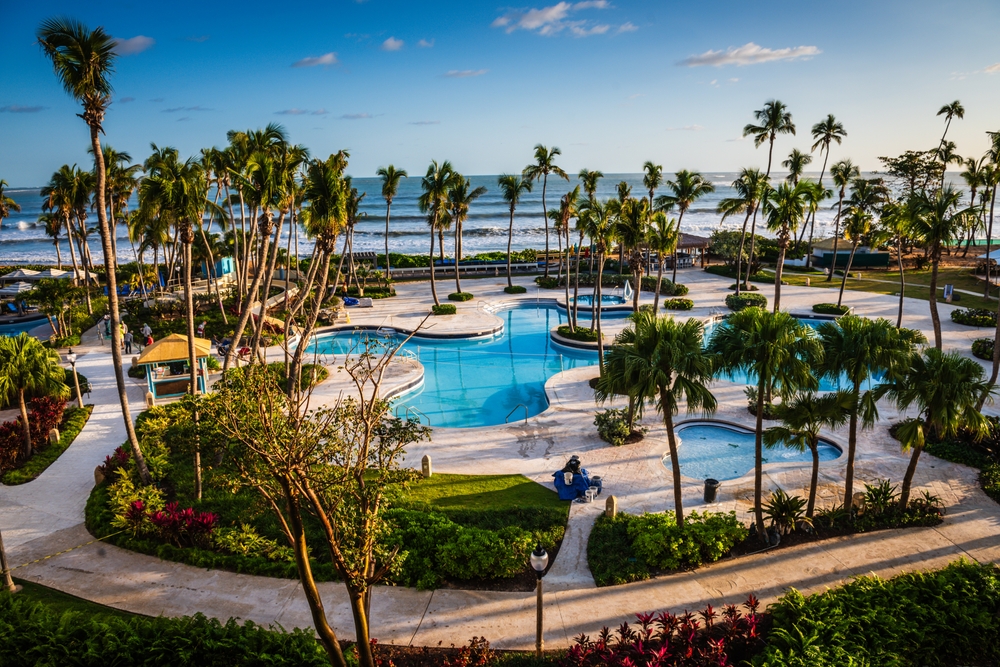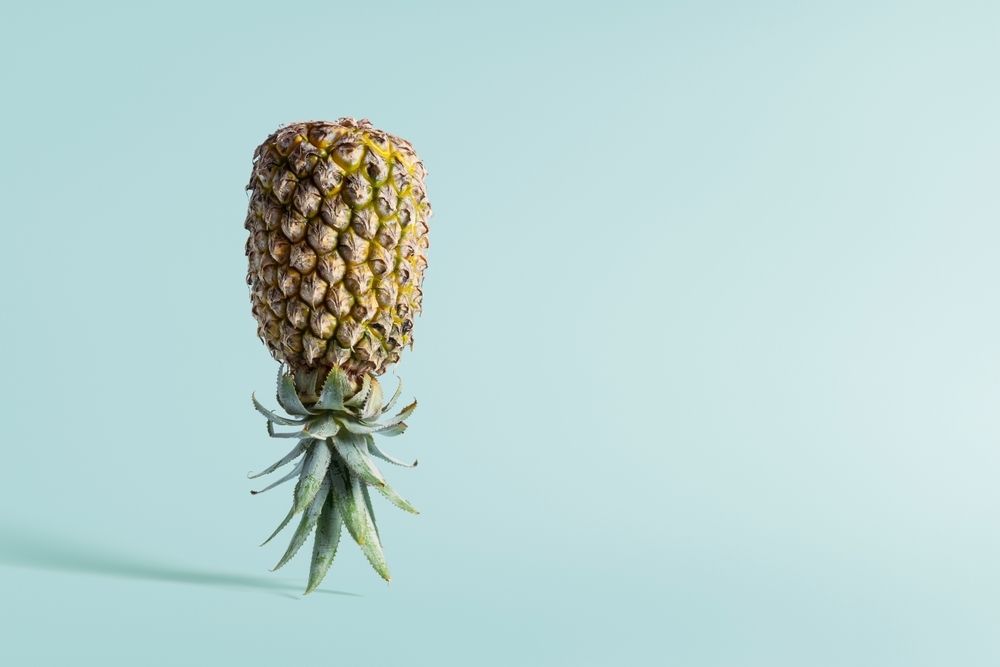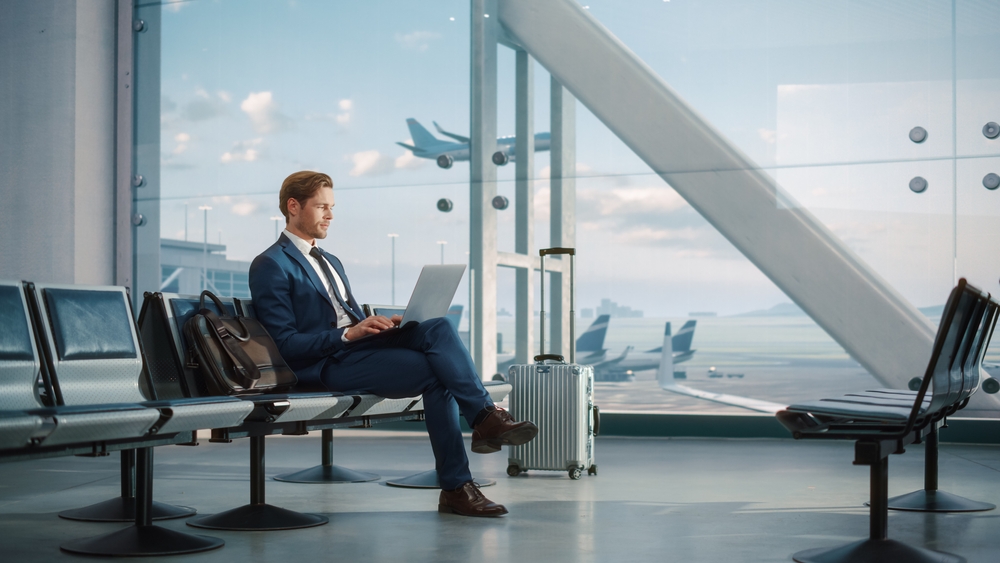Madagascar Travel: An In-Depth Guide
Madagascar, an island country off the southeastern coast of Africa, offers a unique blend of wildlife, landscapes, and cultural experiences. Known for its biodiversity, it houses species found nowhere else on Earth. This guide covers essential information to help you plan a memorable trip.
Getting There
Most international travelers fly into Ivato International Airport in Antananarivo, Madagascar’s capital. Airlines such as Air France, Ethiopian Airlines, and Turkish Airlines serve the airport. Check visa requirements in advance, as most nationalities can get a visa on arrival, but it’s always safe to double-check.
Best Time to Visit
Madagascar’s climate is varied. The dry season runs from May to October, making it the best time to visit. The wet season from November to April brings heavy rains, making travel more challenging. Coastal areas experience tropical climates, while highlands have milder temperatures.
Top Destinations
Antananarivo
Antananarivo, often called Tana, offers a glimpse into urban Malagasy life. Explore historical sites like the Rova of Antananarivo and Andafiavaratra Palace. Visit the bustling Zoma Market for local crafts and food.
Nosy Be
Nosy Be is a popular island destination known for its stunning beaches and marine life. Activities include snorkeling, diving, and exploring Lokobe National Park. The island hosts several festivals, adding cultural flair to your visit.
Avenue of the Baobabs
The Avenue of the Baobabs is a striking natural landmark. Located near Morondava, this dirt road lined with ancient baobab trees is best visited at sunset. The soft light enhances the beauty of the towering trees.
Andasibe-Mantadia National Park
Andasibe-Mantadia National Park is famous for its population of indri, the largest lemur species. The park offers guided tours through lush rainforest, allowing close encounters with various endemic species. Nearby, the Vakona Forest Lodge offers accommodation among the trees.
Tsingy de Bemaraha
Tsingy de Bemaraha National Park, a UNESCO World Heritage site, features dramatic karst formations. The stone forest is ideal for adventure seekers. Trails and rope bridges provide access to breathtaking views and unique rock formations.
Wildlife
Madagascar is a naturalist’s paradise. The island is home to unique species like lemurs, chameleons, and the Madagascar hissing cockroach. Several national parks and reserves offer opportunities to see these animals in their natural habitats. Birdwatchers will also find a variety of endemic species.
Culture
Madagascar’s culture blends African, Asian, and European influences. Malagasy people are known for their hospitality. Traditional music, woven textiles, and festivals such as Famadihana (the turning of the bones) reveal the island’s rich cultural tapestry. Learning a few Malagasy phrases can enhance your interactions.
Food
Malagasy cuisine is simple but flavorful. Rice is a staple, often accompanied by meat, fish, or vegetables. Popular dishes include romazava, a meat stew with greens, and ravitoto, pork with mashed cassava leaves. Street food is widely available and often includes snacks like samosas and fresh fruit. Zebu, a type of local beef, is also commonly consumed.
Transportation
Getting around Madagascar can be an adventure. Roads are often in poor condition, especially during the rainy season. Taxis and pousse-pousse (rickshaws) are common in cities. For intercity travel, bush taxis (taxi-brousse) are a popular, though crowded, option. Domestic flights are available but can be expensive. Renting a 4×4 with a driver is recommended for exploring remote areas.
Safety and Health
Madagascar is generally safe for travelers, but it’s wise to take precautions. Petty crime, such as pickpocketing, can occur in urban areas. Malaria is a risk in many regions, so consider taking prophylactics and using insect repellent. Ensure routine vaccinations are up to date and consider additional vaccines based on the areas you’ll visit. Tap water is not safe to drink; stick to bottled or filtered water.
Accommodation
Accommodation options in Madagascar range from budget hostels to luxury resorts. In urban areas like Antananarivo, mid-range and high-end hotels are available. In more remote regions, eco-lodges and guesthouses offer a closer connection to nature. Booking in advance is recommended, especially during the high season.
Essential Tips
- Learn basic Malagasy phrases: English is not widely spoken outside tourist areas.
- Bring cash: Credit cards are not widely accepted, and ATMs can be rare in rural areas.
- Pack appropriately: Light, breathable clothing for coastal areas; warm layers for the highlands.
- Respect local customs: Conservative dress is appreciated in rural and religious settings.
- Be prepared for delays: The laid-back attitude can affect transport timetables and services.
Madagascar offers a diverse array of experiences. From its unique wildlife and stunning landscapes to its rich culture and welcoming people, this island nation has much to explore. Plan ahead, stay flexible, and enjoy the adventure.





